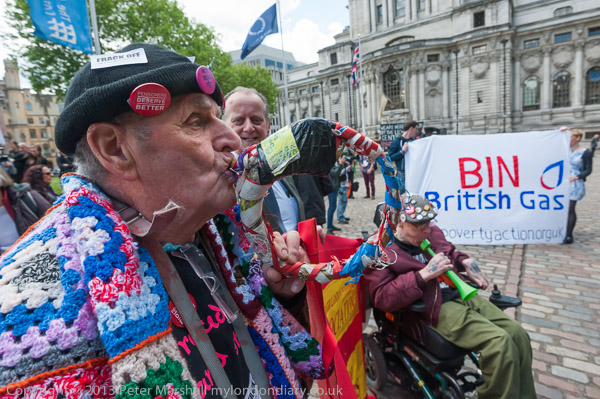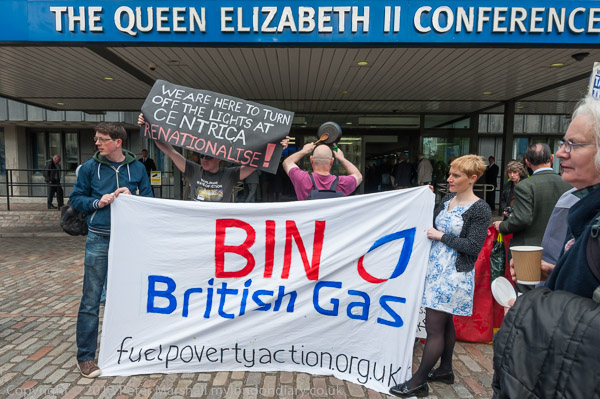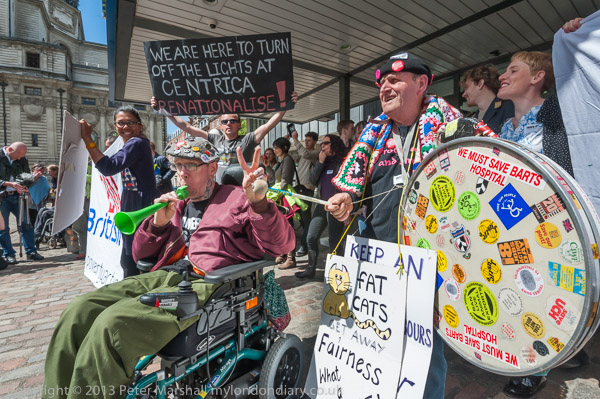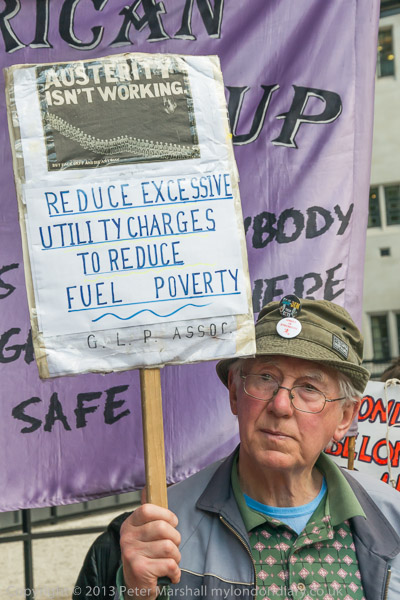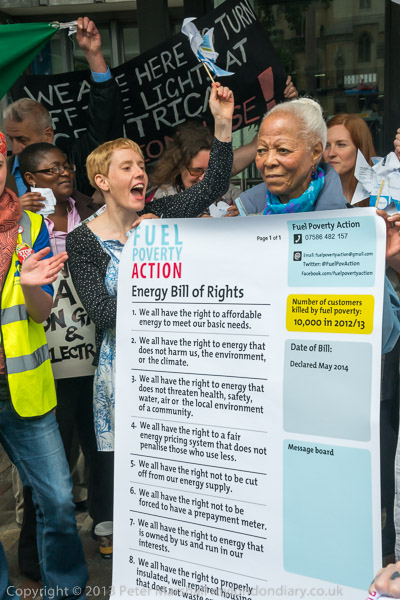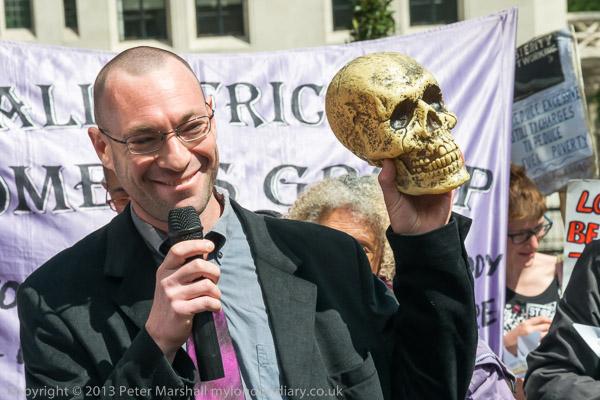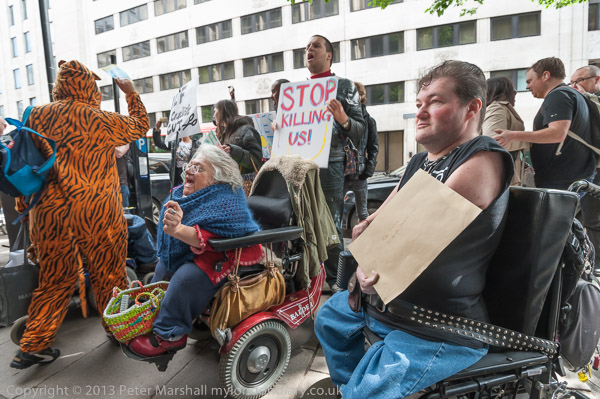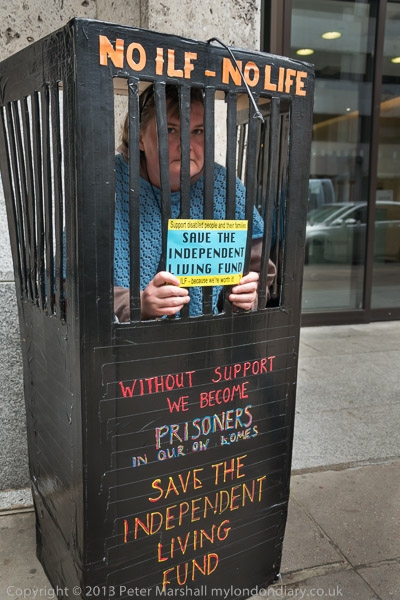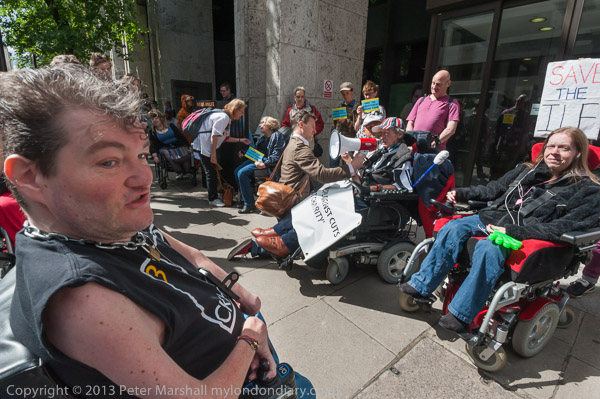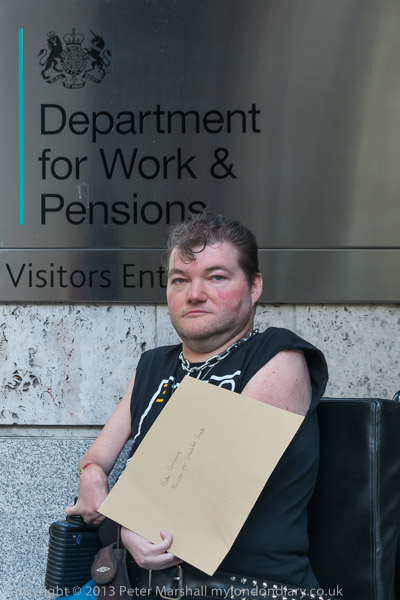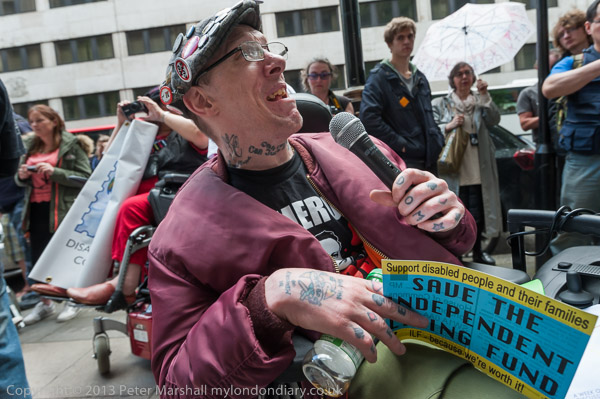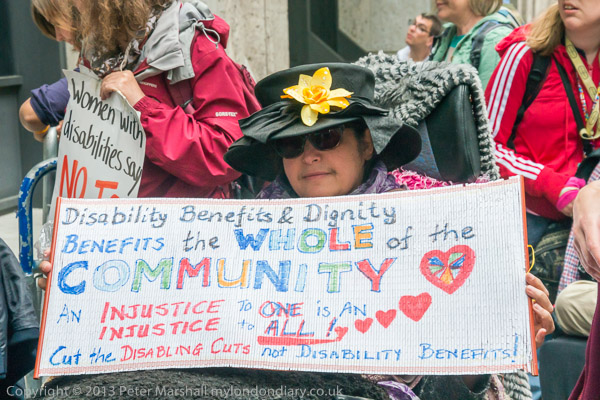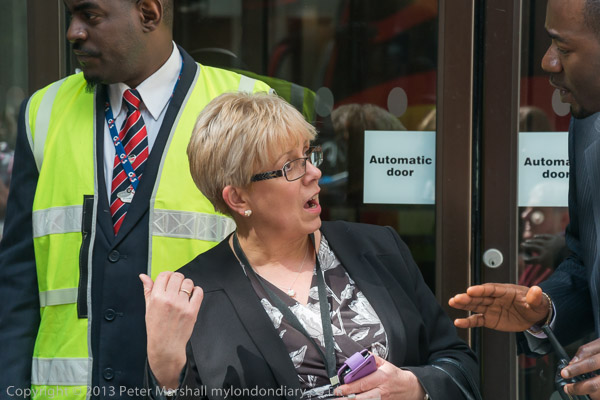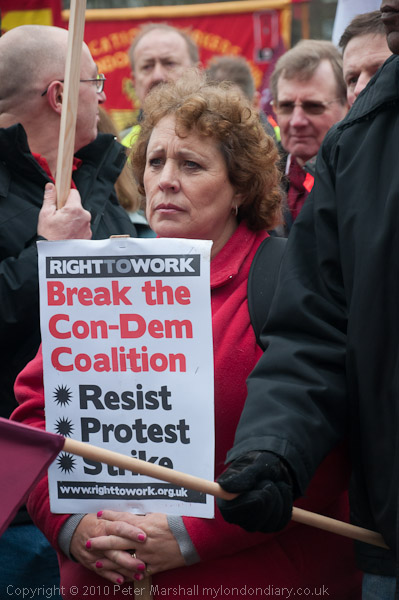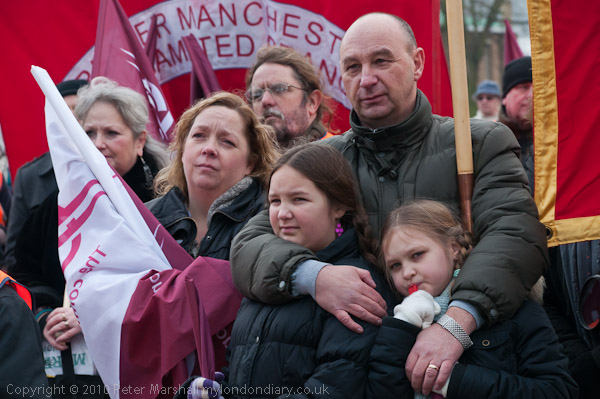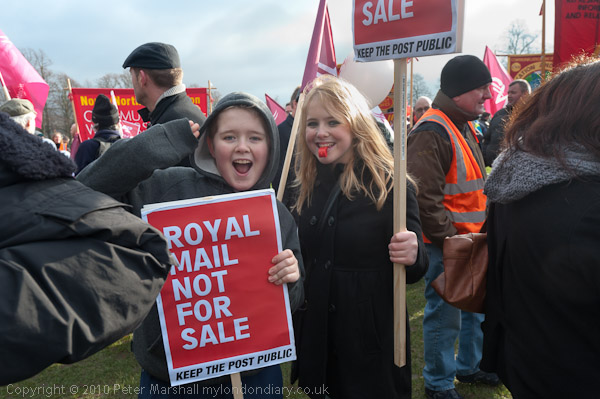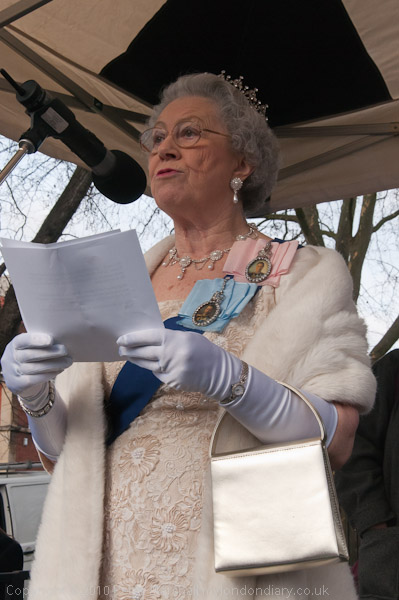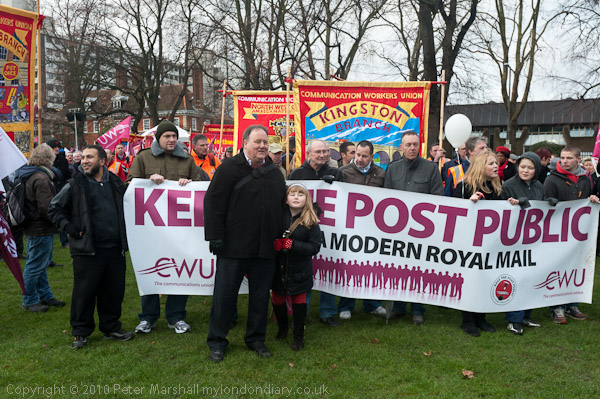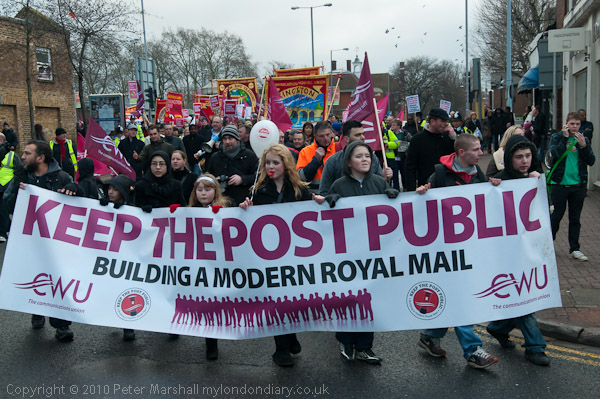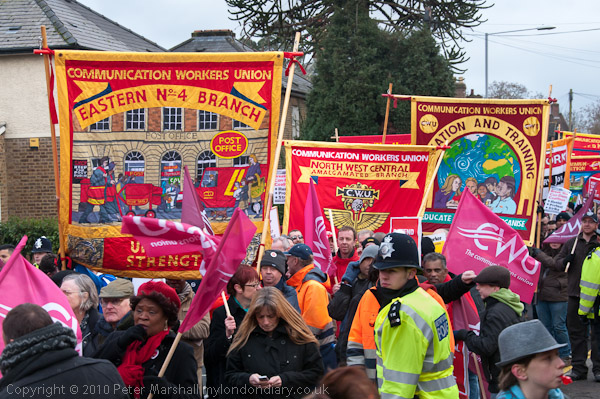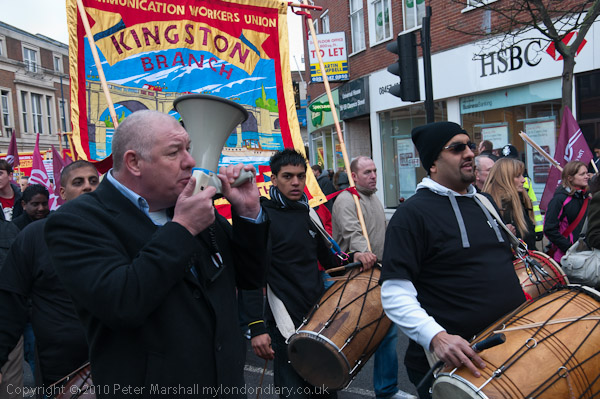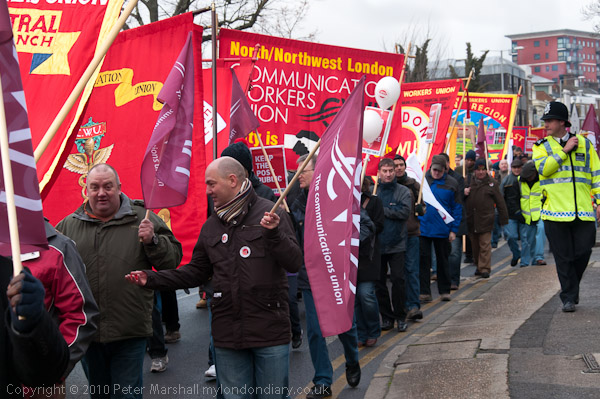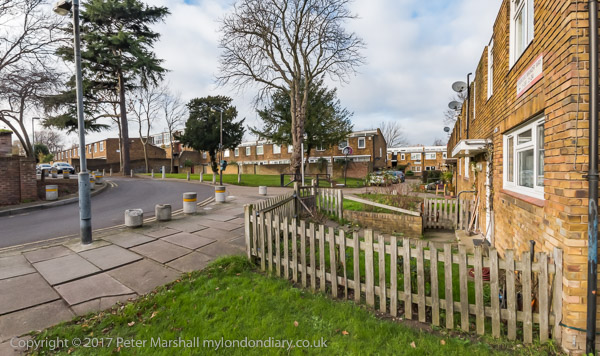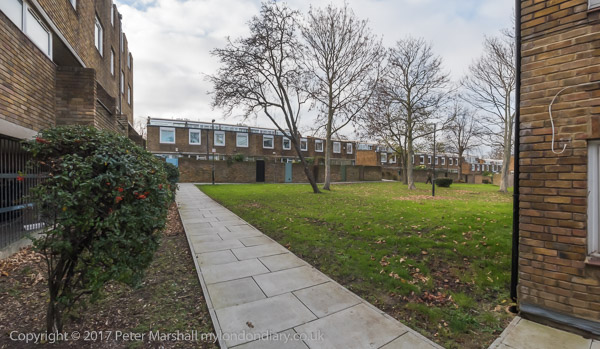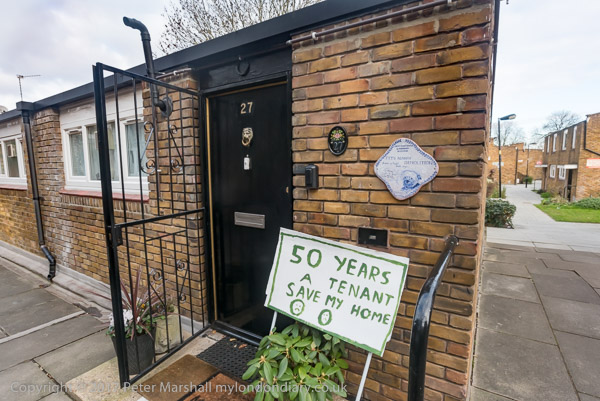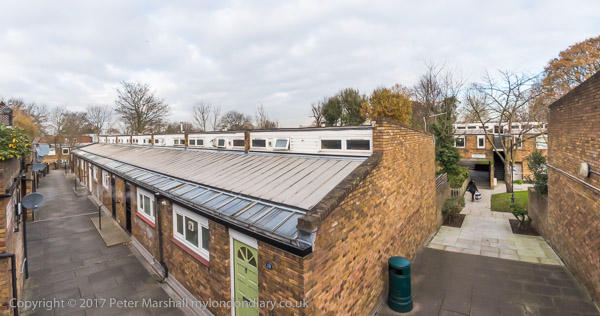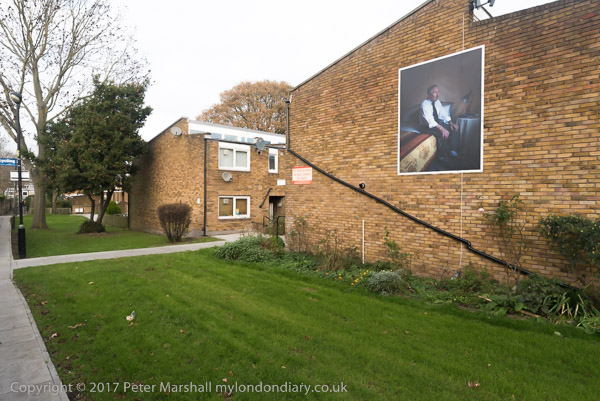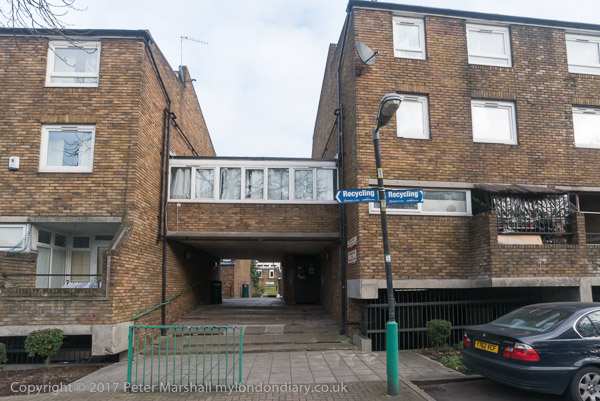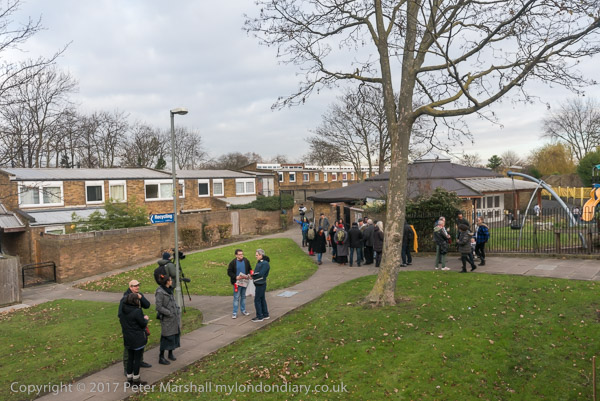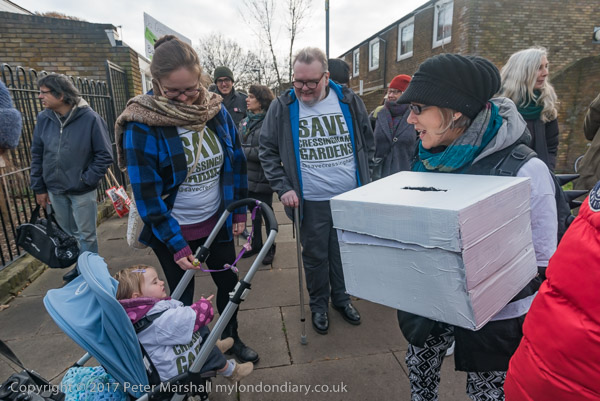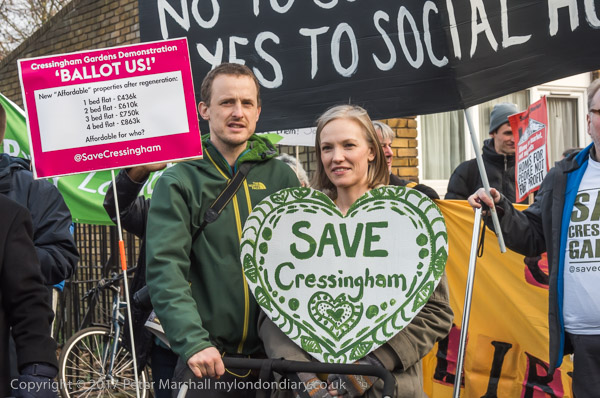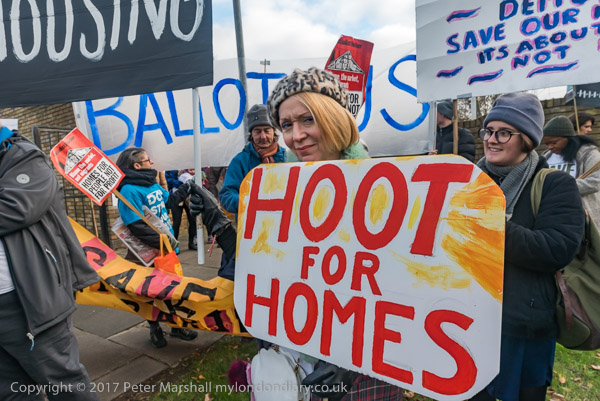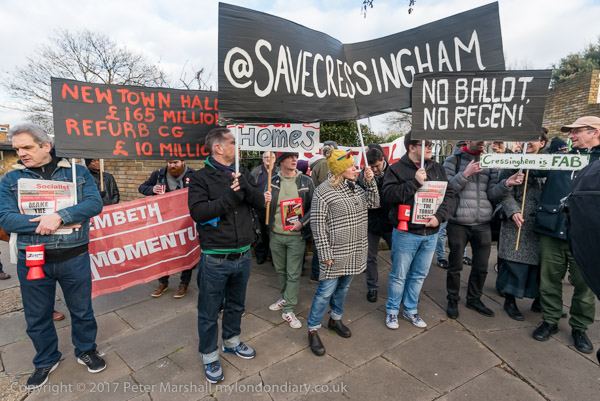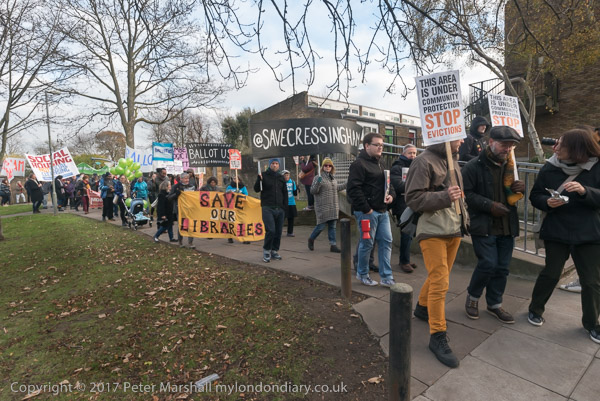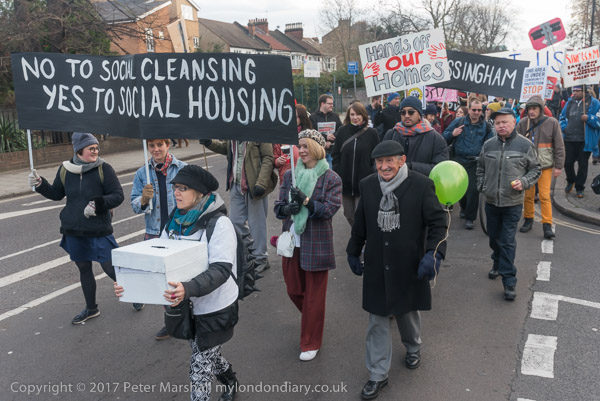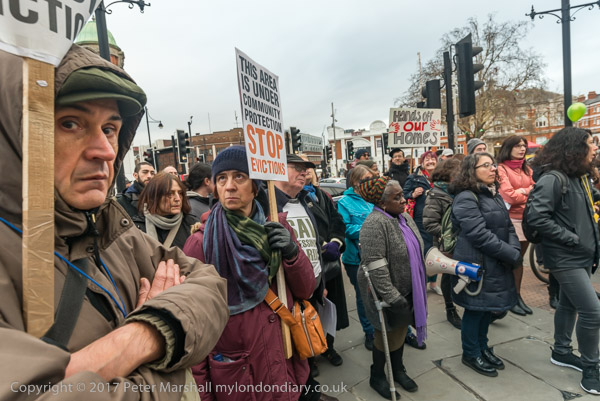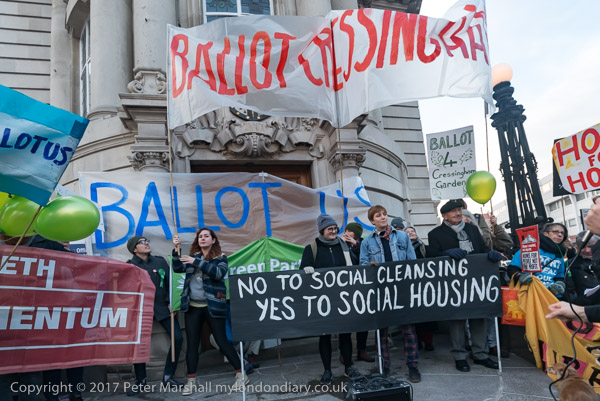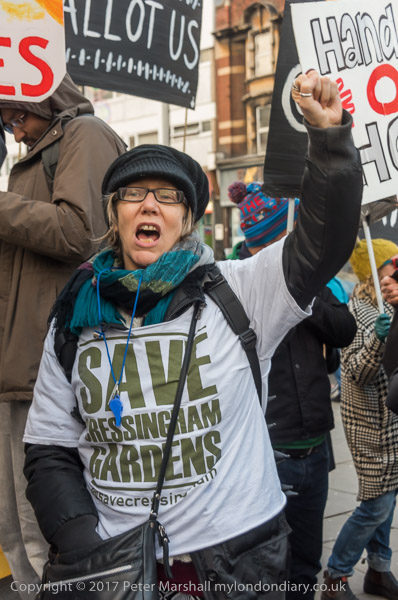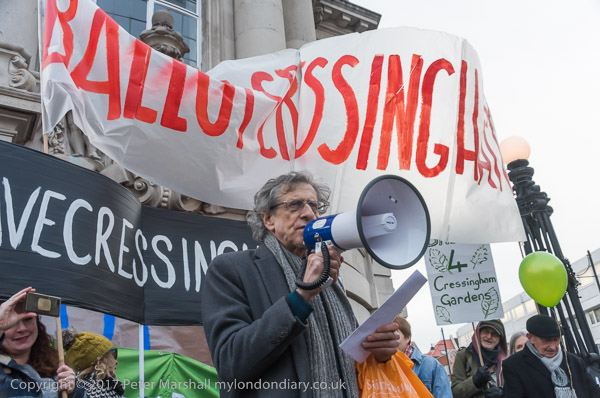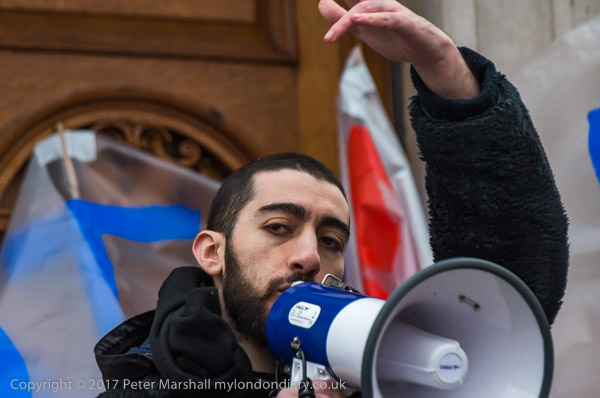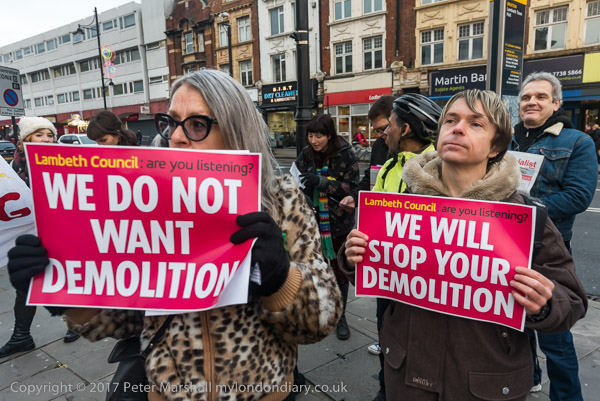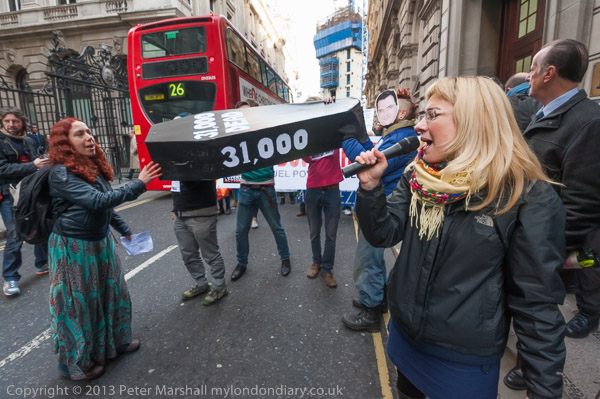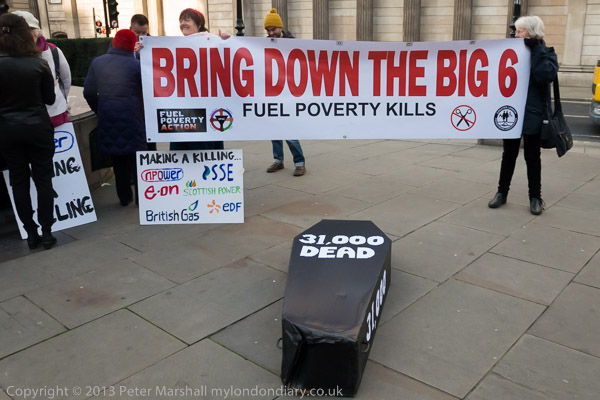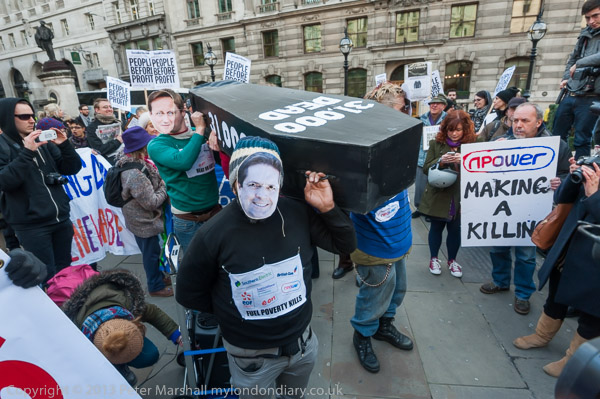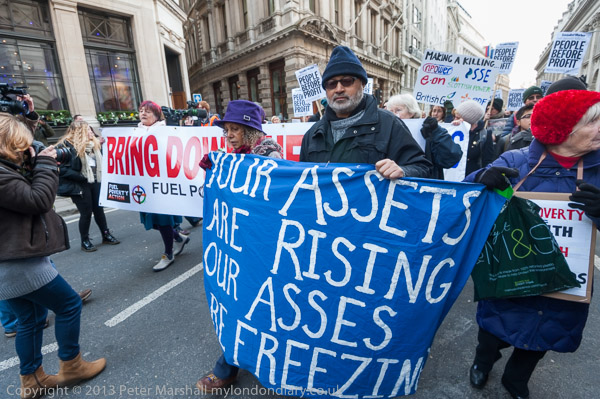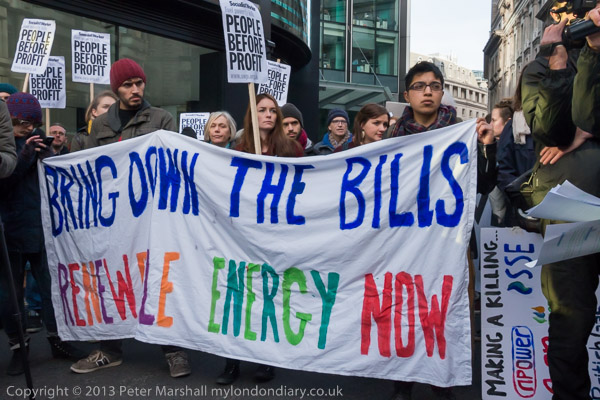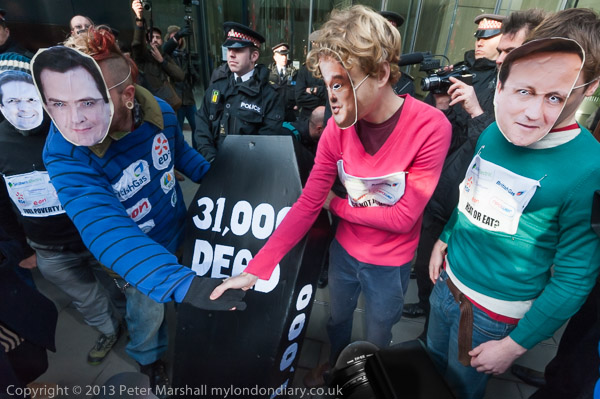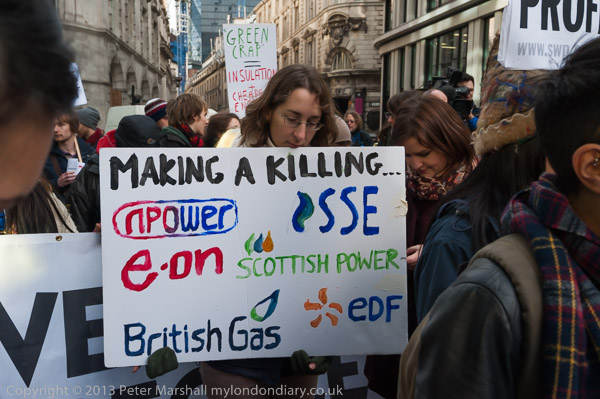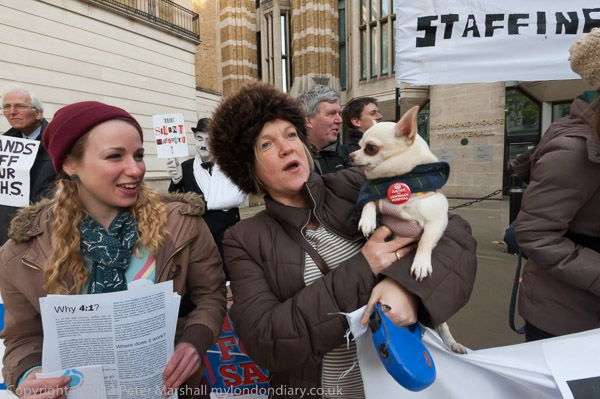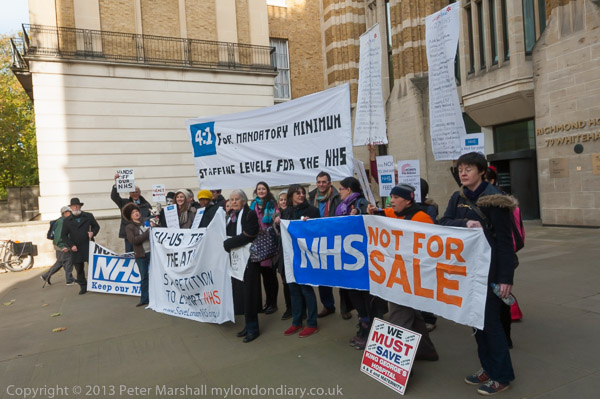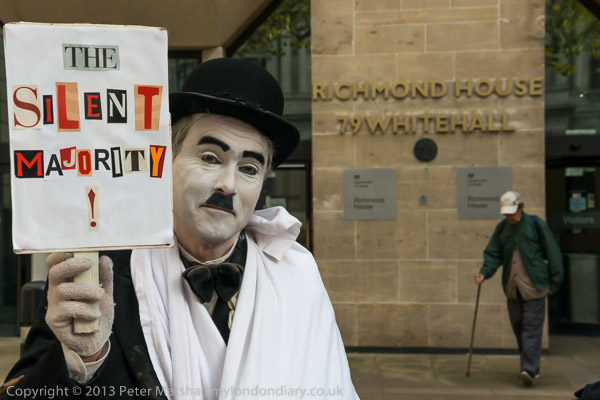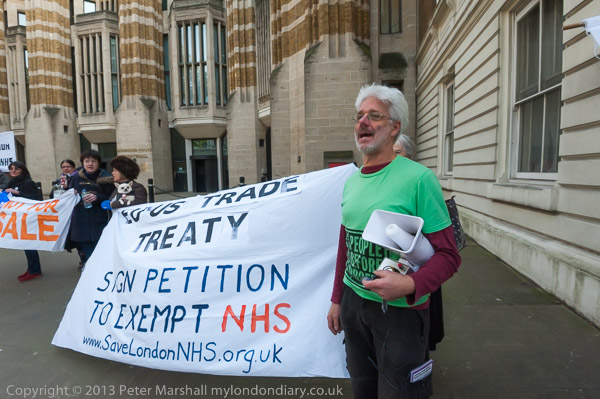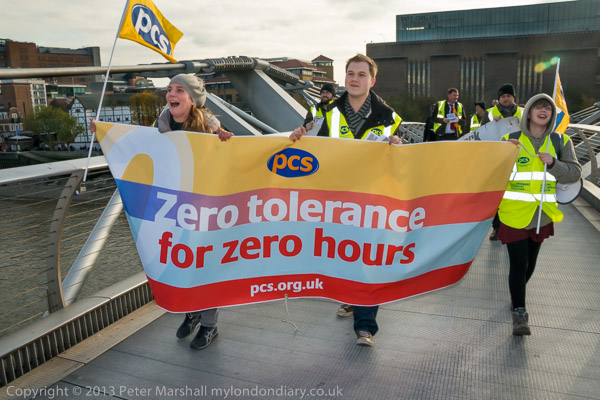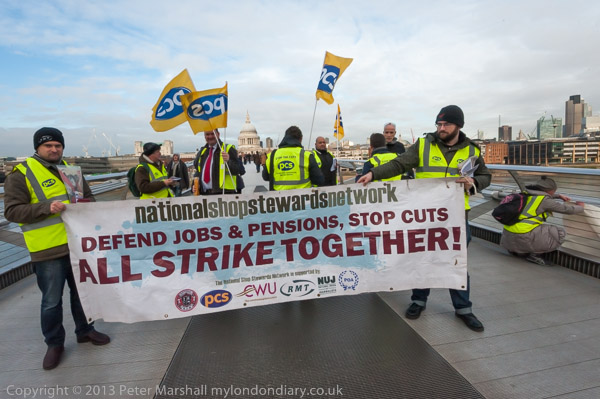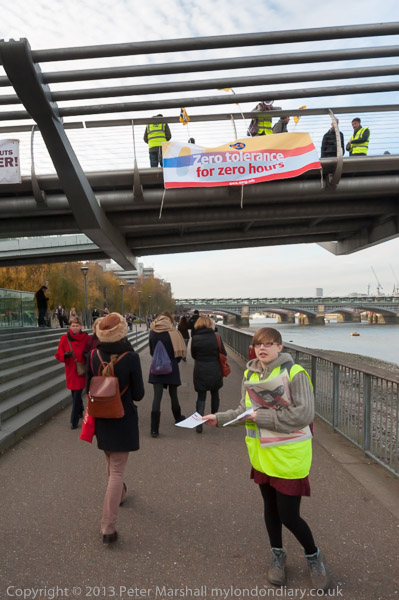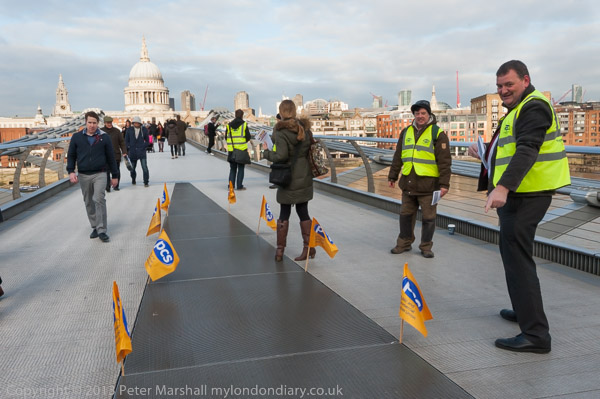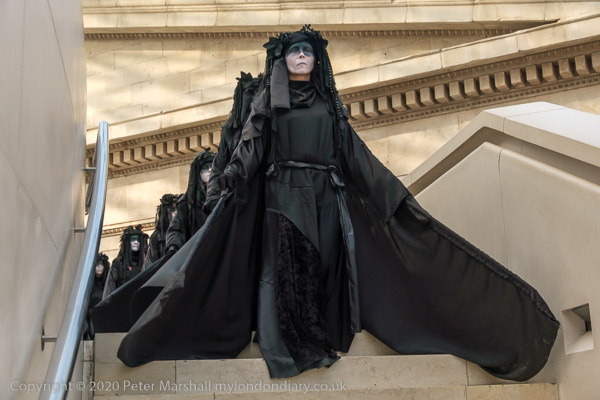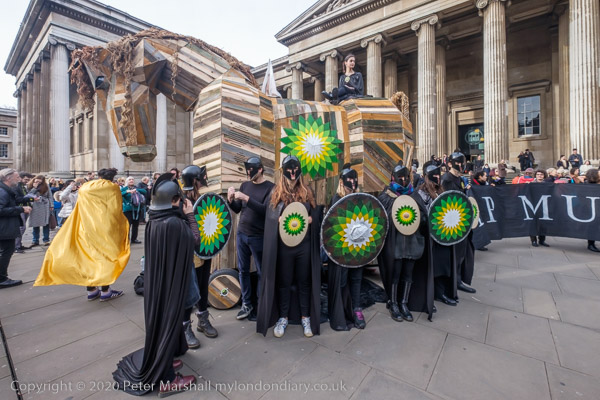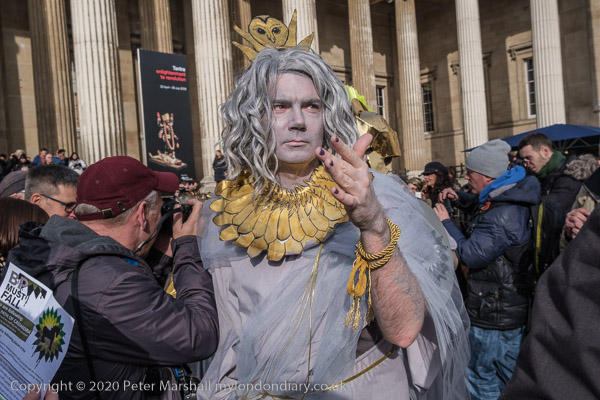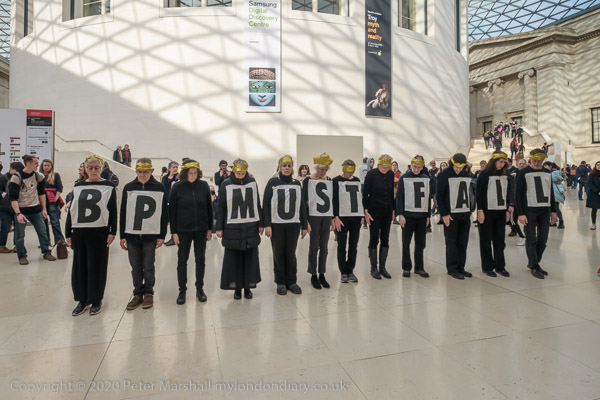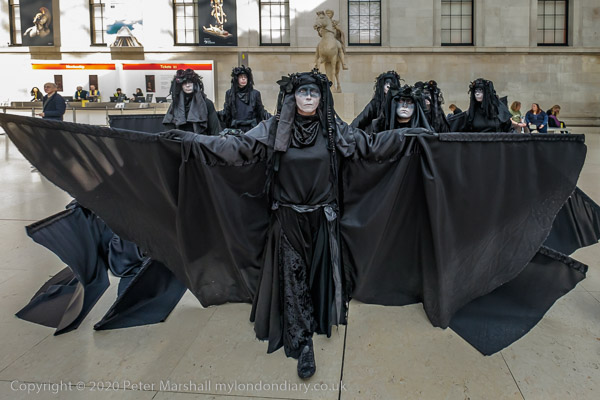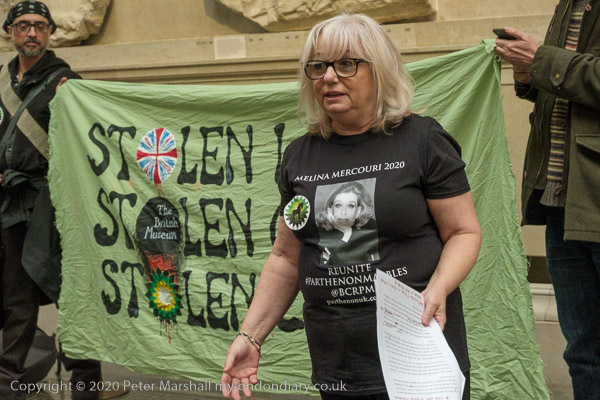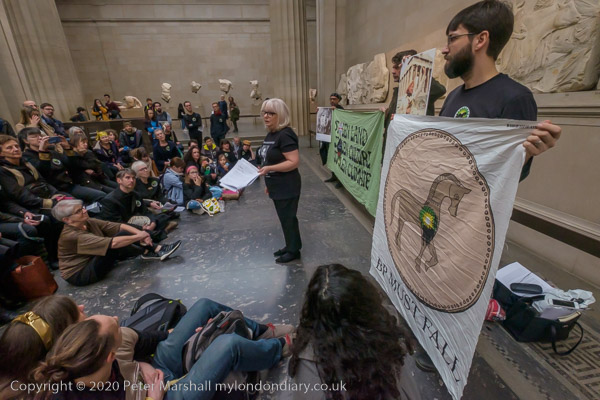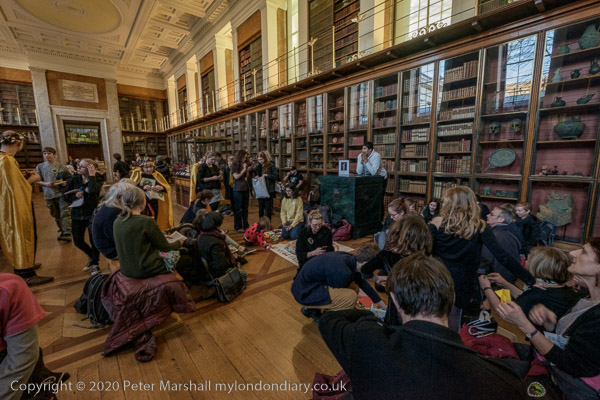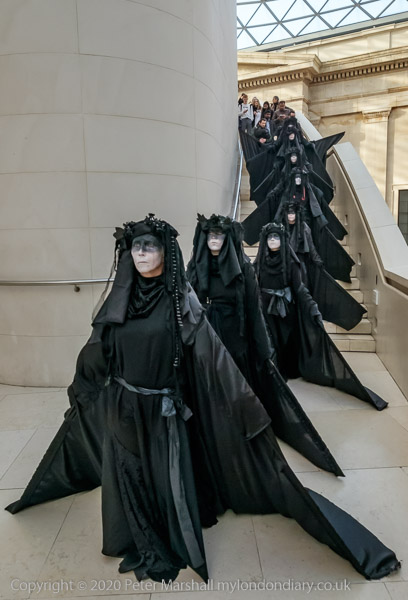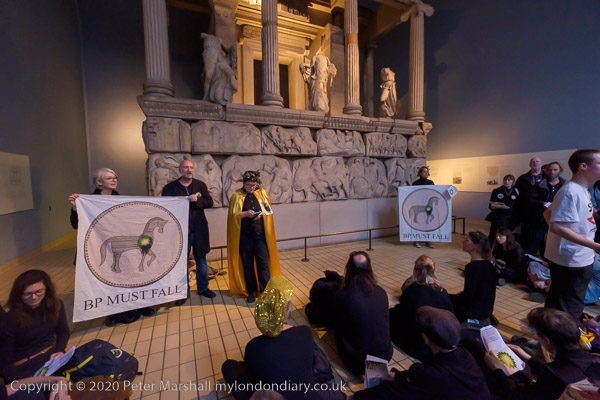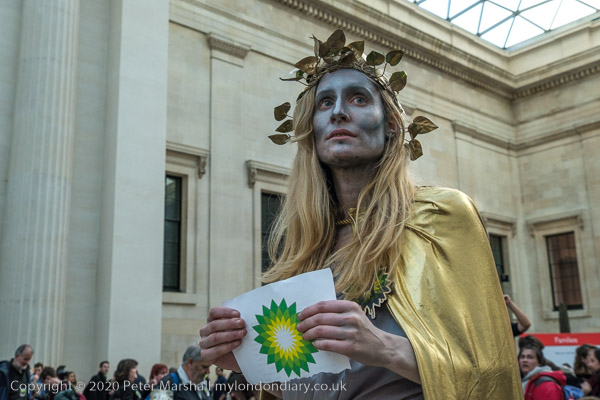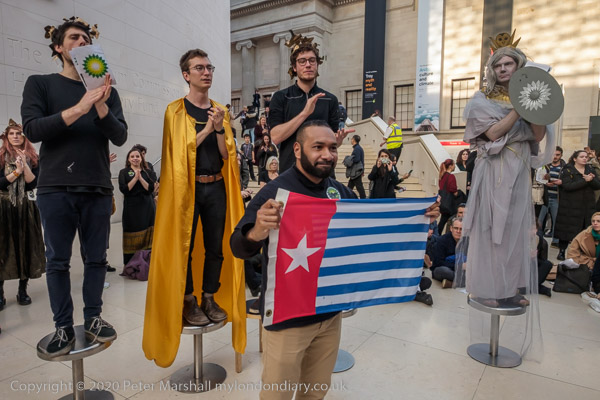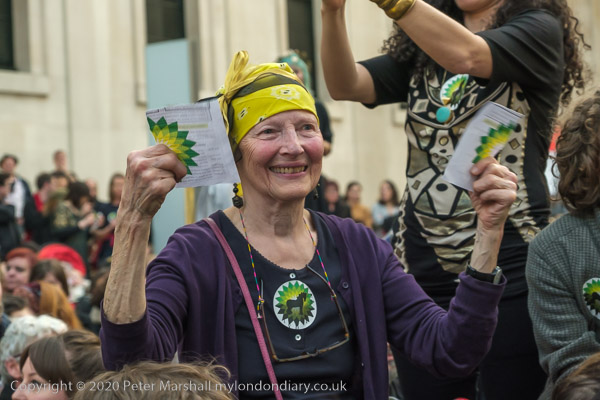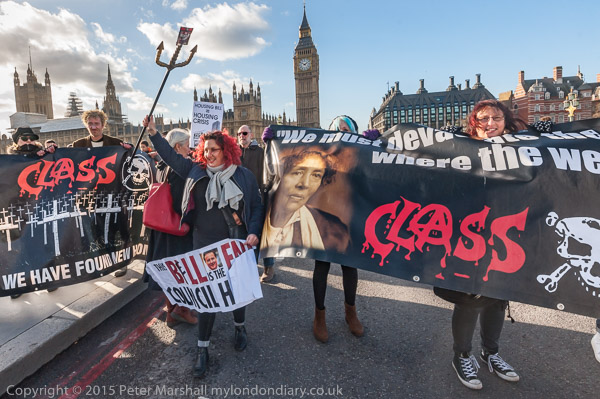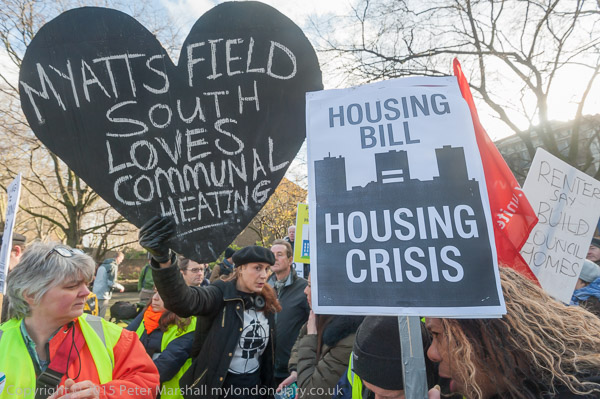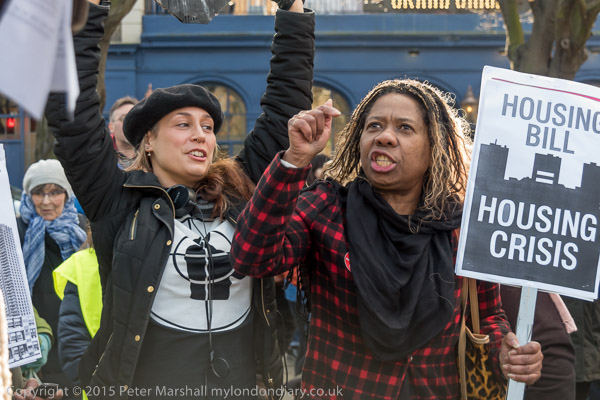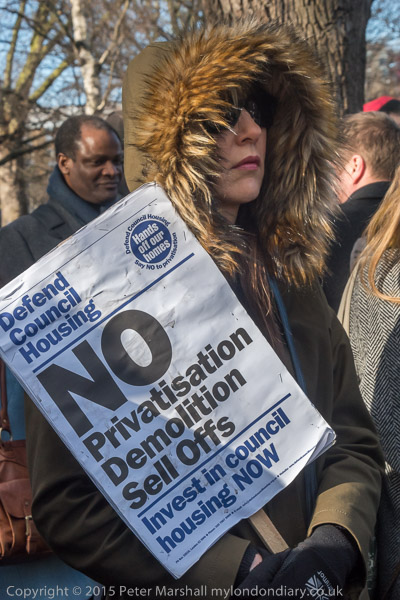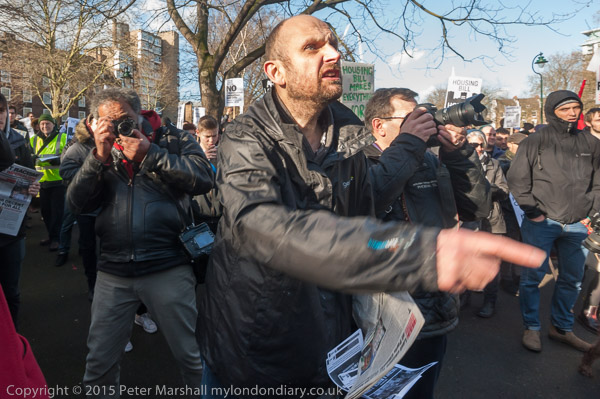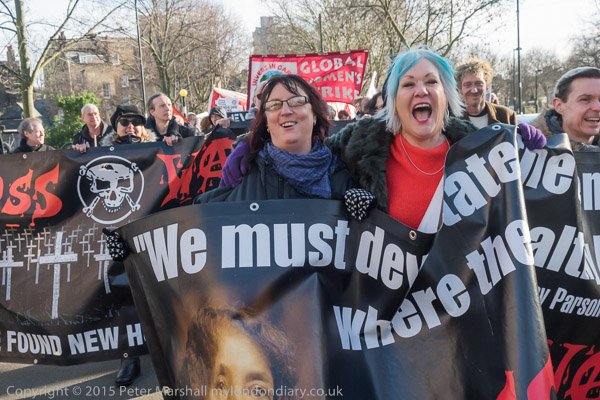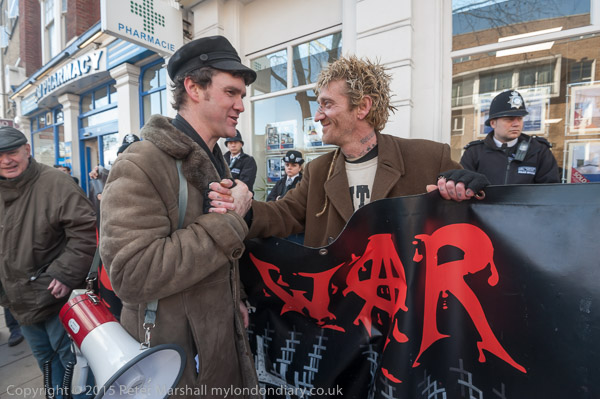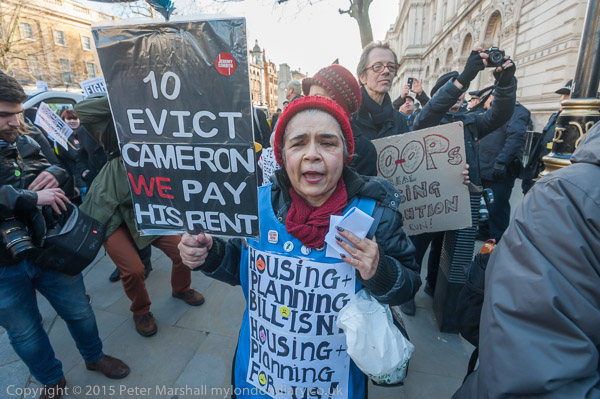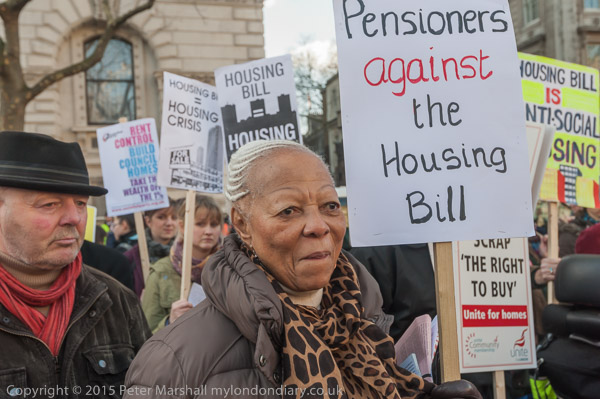Peckham, Choudary, Vedanta & Gove: Ten years ago Friday 30th May 2014 saw me rushing around London to cover four events, my day starting outside the job centre in Peckham and ending with being escorted out of the Department for Education in Westminster.
Peckham Jobcentre Penalises Jobseekers
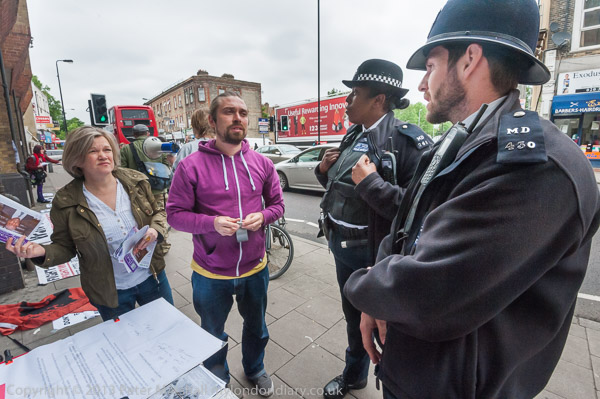
People had come to protest outside Peckham Jobcentre because it removes benefits from claimants at twice the rate of other London job centres and they demanded to know why this was.
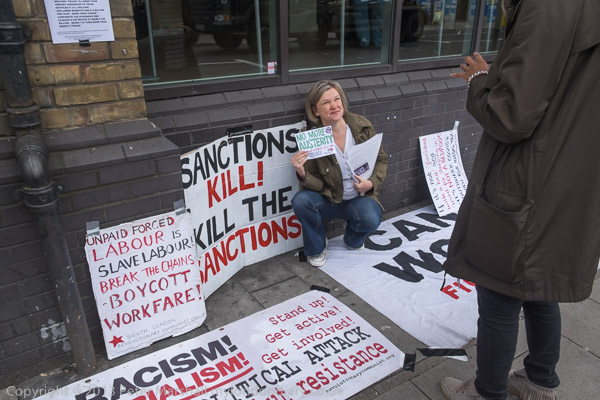
People are sanctioned for many reasons, often for things outside their control such as missing interviews where letters have either not been sent or not been received due to postal delays, or arriving late when trains or buses have been cancelled. Some were also being sanctioned for refusing to work without pay un unfair ‘workfare’ schemes.
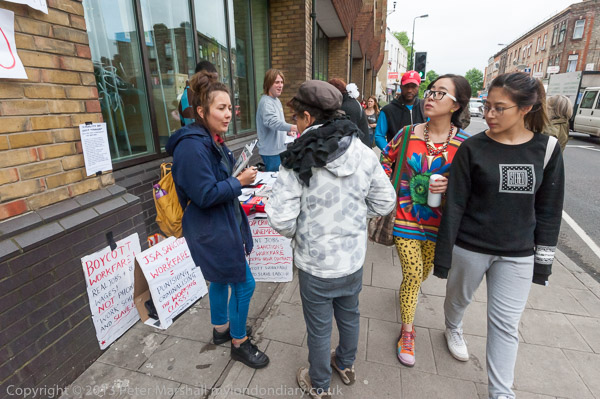
Sanctioning leaves many job seekers destitute, without any source of income, often for three months, sometimes longer, removing the ‘safety net’ the welfare state is supposed to provide. There have long been sanctions on benefits, but the major changes introduced by the Coalition Government’s Welfare Reform Act 2012 have hugely increased their use, often for trivial reasons.
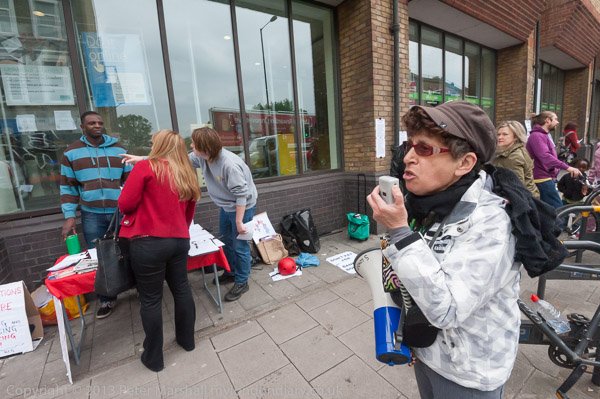
The new sanctions regime is yet another example of the failure by the Tories (and in this case the Lib-Dems too) to understand how people outside of the middle and upper classes get by; what it is like to live on benefits or low incomes with no resources to fall back on. And it shows that they just don’t care.
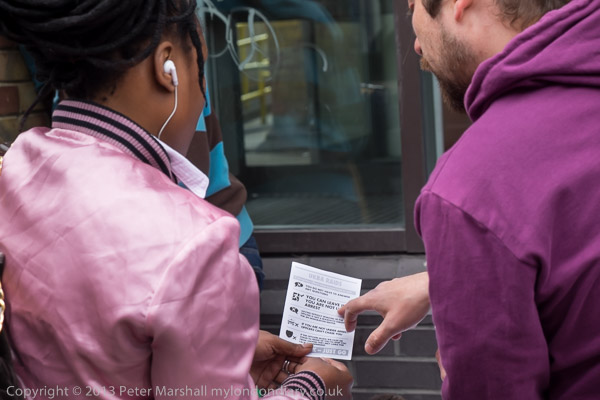
The protest was organised by the Revolutionary Communist Group though others came to support it. Speakers used a megaphone to tell people why they were protesting and people handed out leaflets to those entering and leaving the job centre as well as those walking past. They also gave out an information leaflet about UK Borders Agency raids.
More pictures Peckham Jobcentre penalises jobseekers.
London Mosque Protest For Sunni Extremist
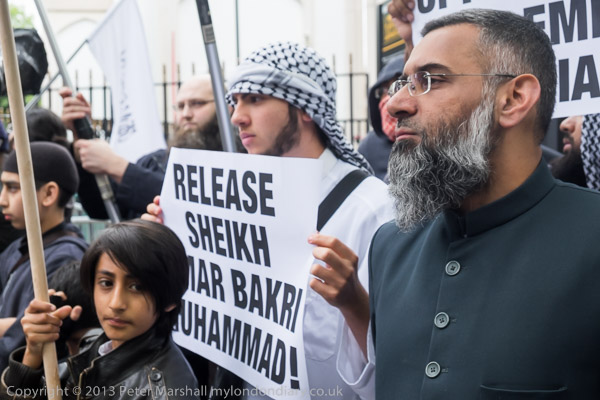
I left Peckham to go to the London Mosque in Regents Park where Anjem Choudary and his followers were protesting on the road outside as the crowds left after Friday prayers.
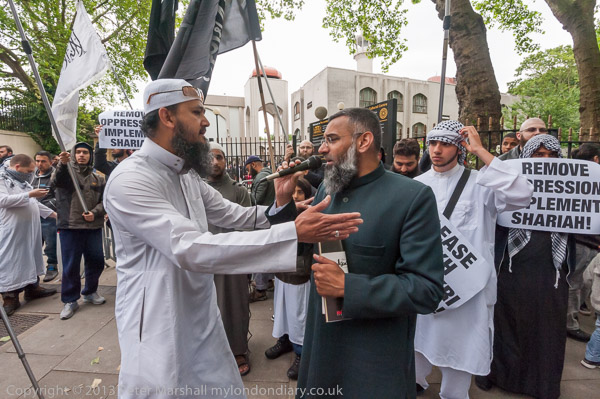
Choudary had come to call for the release of militant Islamist Omar Bakri Muhammad, held in Lebanon for his support of extremist fighters Islamic State of Iraq and the Levant (ISIL.) Few in the crowds stopped to listen to him and many crossed the street to avoid him. A few came to argue with him.
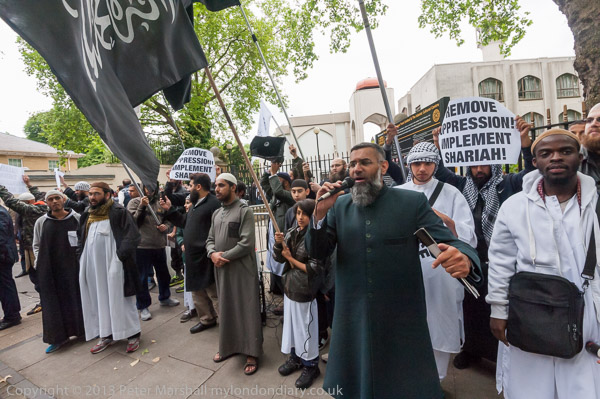
Omar Bakri Muhammad claimed asylum in the UK in 1986 and came to Finsbury Park Mosque, where he built up Hizb ut-Tahrir and was one of the founders of Al Muhajiroun, banned in the UK after alleged involvement in the 2005 London bombings. He left the UK for Lebanon and was told by the Home Office he could not return here.
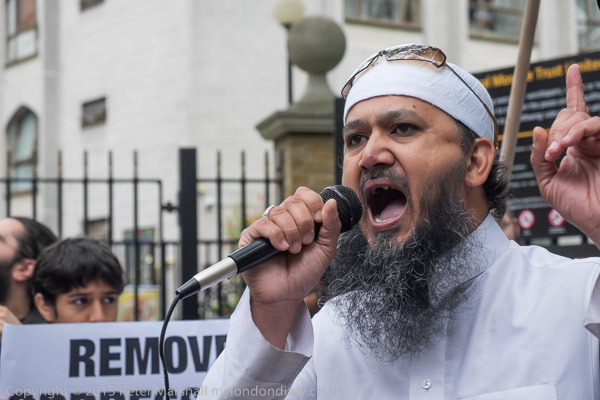
In 2010 he was sentenced in Lebanon to life with hard labour for acts of terrorism, but was released on bail after some retracted their testimony against him. He was arrested again in May 2014 for alleged involvement in attacks carried out by militant Sunnis in Lebanon for his support for the Islamic State of Iraq and the Levant who he had called to bring their fight to Lebanon.

This was a segregated protest, with around 30 women covered from head to foot in black in a separate group holding up posters and joining in the chanting of slogans.
More pictures London Mosque protest for Sunni extremist.
African Liberation Day protest against Vedanta
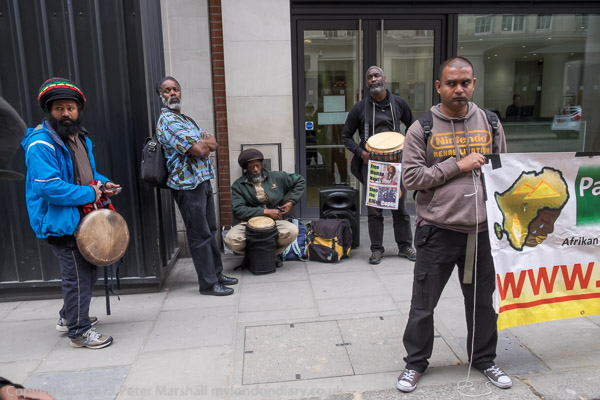
African protesters were outside Vedanta’s Mayfair offices for an Afrikan Liberation Day protest over the London listed company owned by Indian billionaire Anil Agarwal which has cheated both Zambia over copper and Liberia over iron ore deals.

Agarwal appears in a video where he ridicules the Zambian government over the small sum he paid to buy the Konkola Copper Mines and boasting that they made him more than US$500 million every year in profit. Other sources show he avoids paying tax on these huge profits. Vedanta were also taken to court in Zambia over massive pollution of the Kafue River and a large fine was imposed, although apparently it had not been paid.

The Liberian government sold the Western Cluster iron ore deposits cheaply to a small company Elenilto in 2009. They immediately sold 51% to Vedanta, transferring the rest in a few months.

People were slow to arrive for the protest and I had to leave before it really got going.
African Liberation Day protest against Vedanta
Gove “Read-In” protest in Department for Education
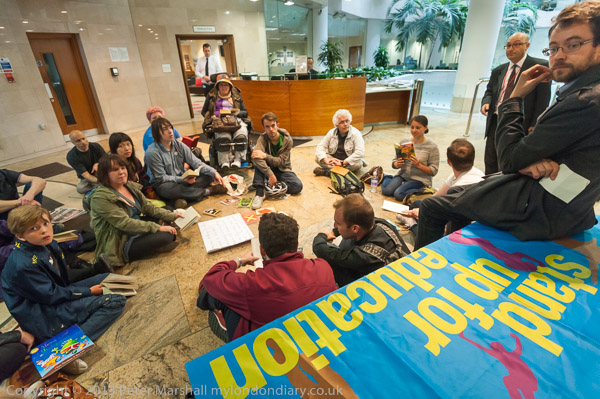
I met a ‘class’ of protesters outside the Department for Education in Great Smith Street, Westminster and walked with them into the foyer where they sat down for an ‘English lesson’ in protest against Michael Gove’s political interference in the curriculum side-lining modern US books, promoting education for the needs of business rather than people.
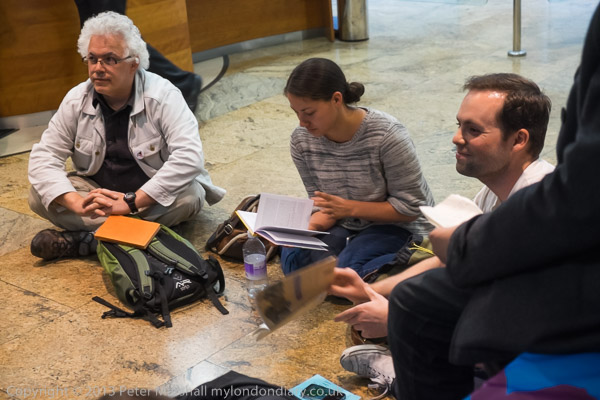
We had not been stopped when entering although the protesters expected to be ejected as soon as they began making speeches and displayed their banner.
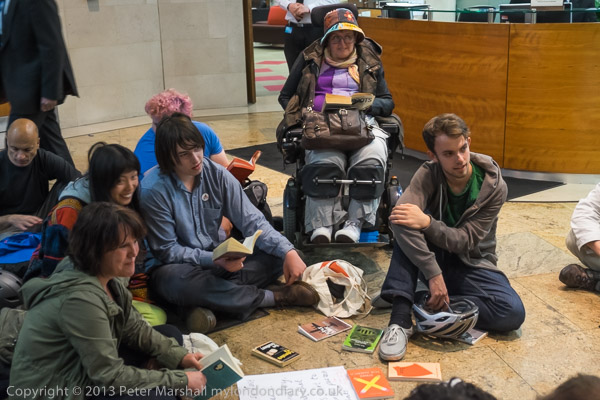
Unfortunately I was asked to leave before this happened as the department were unhappy with the press taking pictures in a public building where there were surely no security implications – though perhaps a high risk – if not a certainty – of the minister and the government being embarrassed.

Although they were insistent that I leave the security staff were unusually polite and rather apologetic and I got a strong impression that they were not happy at being told to keep the press out. I had already taken a number of pictures and took a few more on my way out.
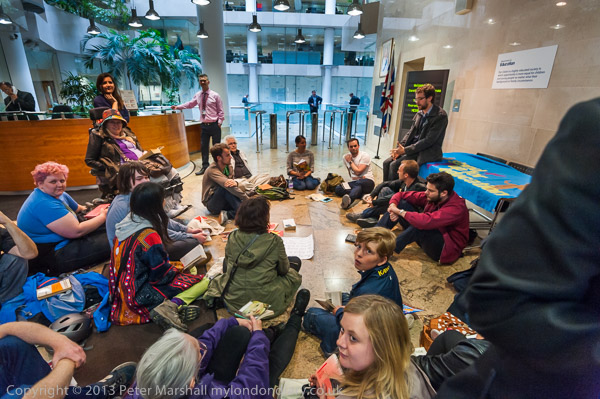
The DfE had issued a statement denying that Gove had anything to do with the decision to narrow the curriculum and promote a more narrowly nationalist agenda for education – one that will sideline not only modern US literature, but also the great wealth of writers from the Commonwealth who have enriched English literature.
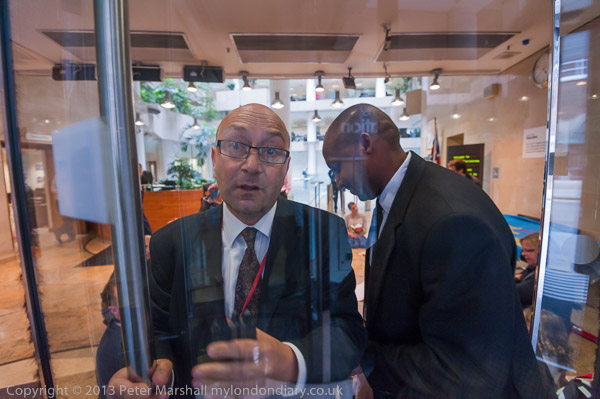
They stated the change was a result of consultation with all interested parties, while teachers, examiners, education and literary professionals have launched a mass campaign against what is clearly a ministerial diktat, political interference in education. For them, the DfE statement was simply an uninspired work of fiction.
Flickr – Facebook – My London Diary – Hull Photos – Lea Valley – Paris
London’s Industrial Heritage – London Photos
All photographs on this page are copyright © Peter Marshall.
Contact me to buy prints or licence to reproduce.
